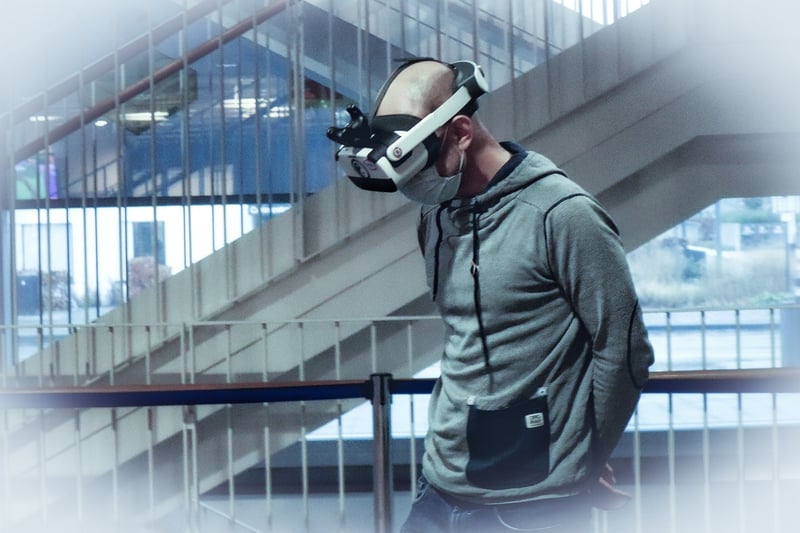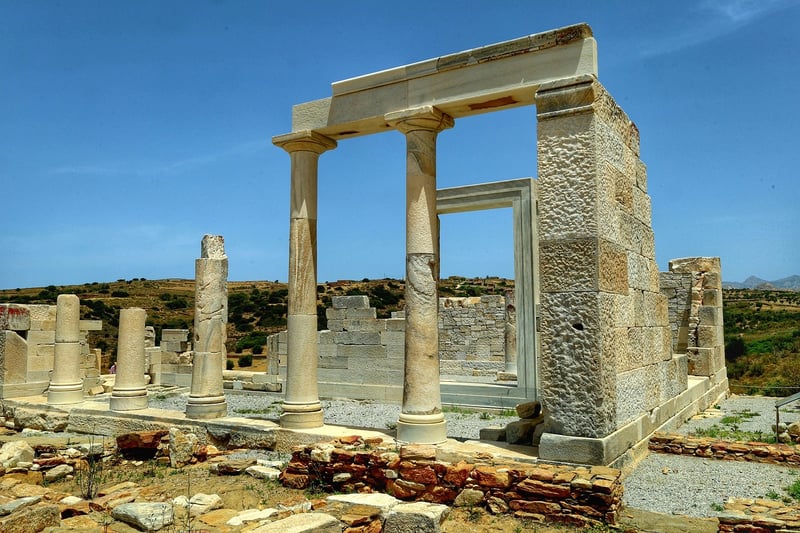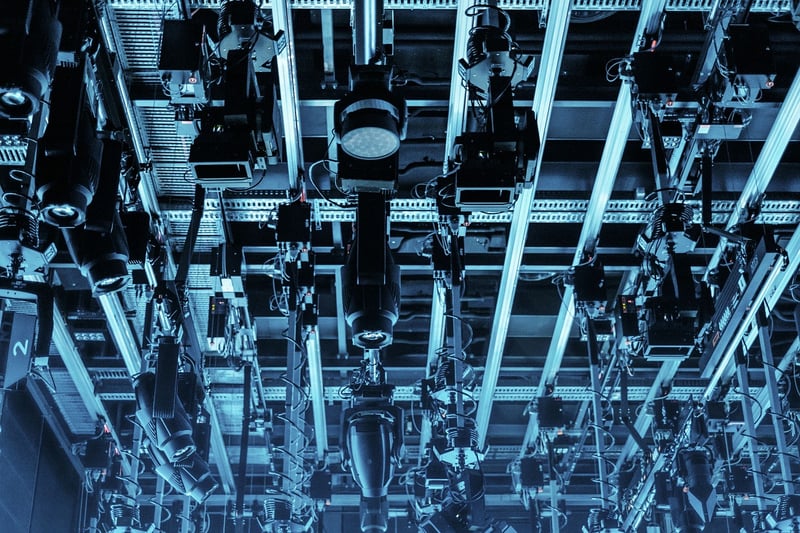Advanced Technology
Exploring Diverse Time Periods with Advanced Technology
Technology has played a significant role in shaping our understanding of history by allowing us to explore diverse time periods in new and exciting ways. From virtual reality to advanced imaging techniques, modern technology has revolutionized the field of historical research and made it more accessible to the general public.
Virtual Reality (VR) Time Travel
One of the most innovative uses of technology in historical exploration is virtual reality. By putting on a VR headset, users can transport themselves to different time periods and locations, allowing them to experience history in a way that was previously unimaginable. Whether walking through ancient Rome or witnessing the signing of the Declaration of Independence, VR technology provides a unique and immersive way to learn about the past.

Advanced Imaging Techniques
Advanced imaging techniques, such as 3D scanning and multispectral imaging, have revolutionized the way we study historical artifacts and documents. These technologies allow researchers to uncover hidden details, analyze materials, and preserve fragile artifacts without causing damage. By using cutting-edge imaging tools, historians can gain new insights into the past and share their findings with a global audience.

Interactive Exhibits and Augmented Reality
Another exciting application of technology in historical exploration is through interactive exhibits and augmented reality. Museums and historical sites are increasingly using AR technology to enhance visitor experiences, providing interactive displays that bring historical events to life. By overlaying digital information onto the physical world, AR allows visitors to engage with history in a dynamic and interactive way.

Online Archives and Digital Libraries
Technology has also transformed the way we access and interact with historical documents and archives. Online archives and digital libraries make it easier than ever for researchers and enthusiasts to explore primary sources, rare manuscripts, and historical records from around the world. By digitizing these materials, technology has democratized access to history and enabled a more inclusive and diverse understanding of the past.

In conclusion, the integration of advanced technology into historical exploration has opened up new possibilities for learning about diverse time periods and cultures. Whether through virtual reality, advanced imaging techniques, augmented reality, or digital archives, technology has made history more engaging, accessible, and interactive than ever before.
